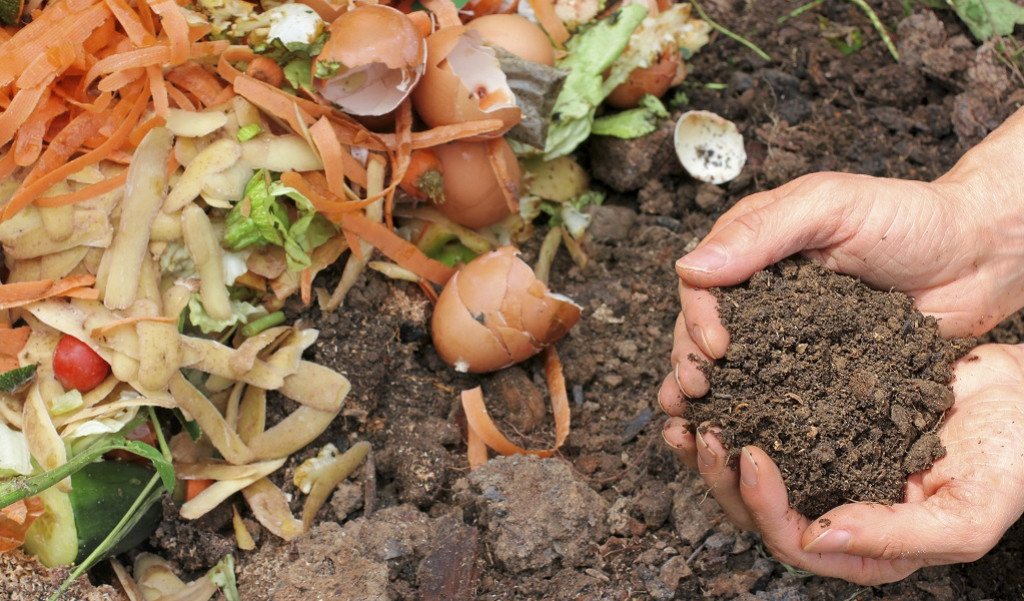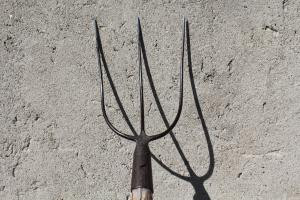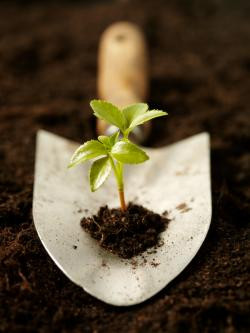If you’ve been reducing waste by almost 30% through composting, it won’t be long before you have a rich, earthy material to use in your flowerpots and garden.

This powerful substance can even reduce your landscape’s watering needs by 60%! But how do you know when it’s ready, and what is a gardener to do with all that wonderful stuff?

Before you begin using compost, be sure it is ready to be useful to your plants. Composted material takes at least four months to break down into nutrient-rich humus, so check your calendar to make sure you’ve given it adequate time.
Also, pay special attention to how carefully you mixed the equal portions of “green” and “brown” materials in. If the portions are not right, the compost may not have decomposed appropriately: either too fast, or not fast enough. You can test the acidity of the compost with a pH indicator slip (litmus paper). The acid should be near neutral if the compost is ready.
If you didn’t turn the compost with a hayfork, shovel, or other tool, it may not have processed the material enough to be useful. Once a week in warm weather (and once a month in cold) should suffice.
Next, check for the tell-tale signs that compost is ready:
If any of these problems are present, it’s time to go back to the drawing board to perfect your process. Click here for an easy guide to troubleshooting compost. Take your time, good compost is worth the effort!

Once you’ve determined that your compost is ripe for use, you can use this powerful, natural substance to give your plants and vegetables a nutritional boost.
Start by sifting and sorting the compost. Shovel the compost onto a mesh and sift out the finer material for use in soil. Use the chunkier material that does not make it through the mesh as a top layer of mulch to retain moisture.
For more information about composting, check out the following: